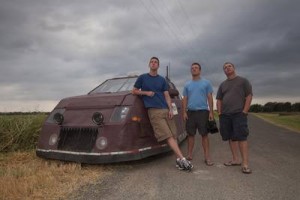
There is a lot that can be said about the weather in Colorado but ‘boring’ is not usually a term associated with it. Anyone who has lived in the Centennial State for very long quickly experiences a weather-related event that will give them memories for a lifetime.
From major snowstorms and blizzards to tornadoes, wildfires, scorching heat and damaging hail storms Colorado weather can and does bring it all to the table. The Denver office of the National Weather Service has released a list of what local meteorologists rank as the top 10 weather events of the past 10 years.
For some it may be a blizzard that buried the Mile High City in a heavy blanket of snow and brought everything to a standstill. Others will remember the heavy smoke from fires burning in the mountains destroying hundreds of thousands of acres. The tragedy tornadoes bring to Colorado in terms of destruction and loss of life may be what others remember.
Over the past 10 years many memorable weather events have occurred that fully display the sheer variety of weather Colorado receives. A team of meteorologists serving Colorado analyzed these events and ranked them based on meteorological intensity and their human and economic impact.
Continue reading Ranking the top 10 Colorado weather events of the past 10 years












